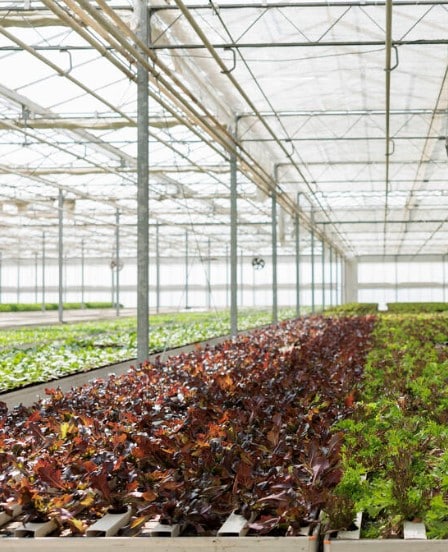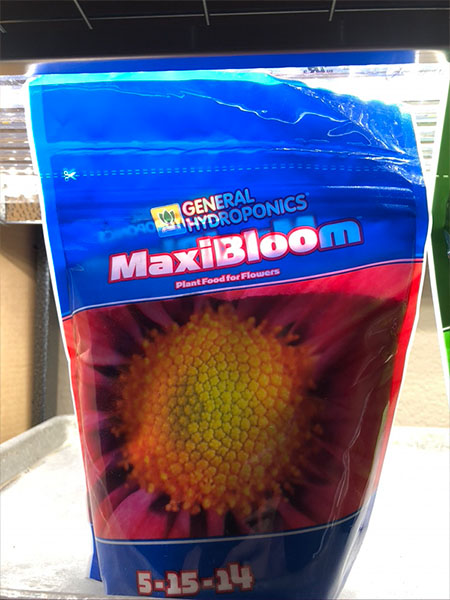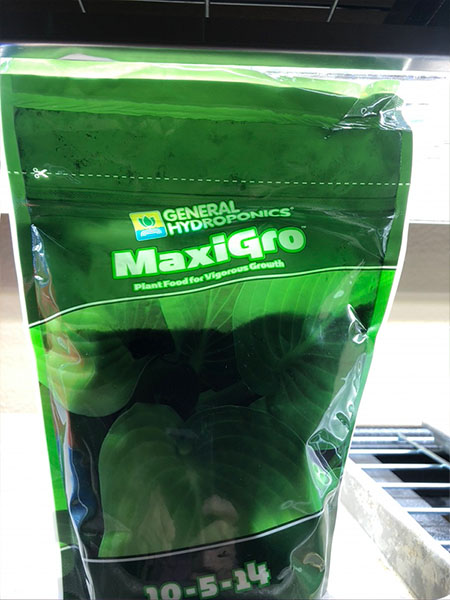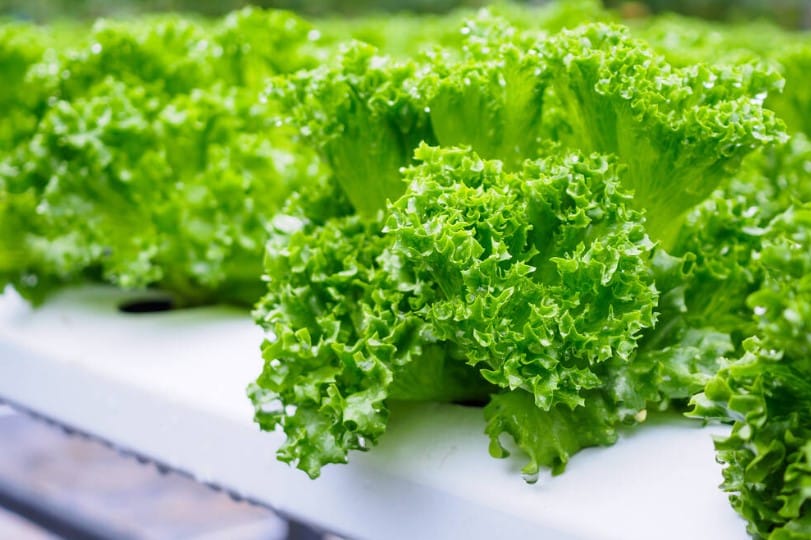Kratky Hydroponic Nutrients & Nutrient Solution
Nutrients play a huge role in the entire process of growing. NO matter the plants, having the correct balance of nutrients is key. Each thing you grow may require a different nutrient solution to thrive. Nutrients could mean the difference of a high-yield or low-yield harvest.
Understanding Kratky Hydroponic Nutrients
The Kratky method places a strong emphasis on the nutrient solutions used to sustain plant growth. This method, developed by Dr. B.A. Kratky, eliminates the need for electricity-driven water circulation, making the right nutrient mix crucial for the success of the plants. In this passive hydroponic system, plants are suspended above a nutrient-rich water solution, where they initially have their roots submerged in the nutrients. As the plants consume the water and nutrients, an air gap forms, naturally providing the roots with the necessary oxygen.
In crafting the ideal nutrient solution for a Kratky hydroponic setup, a balanced blend of macro-nutrients and micro-nutrients is vital. This includes primary nutrients like nitrogen, phosphorus, and potassium (N-P-K), which are critical for plant growth, along with secondary nutrients such as calcium, magnesium, and sulfur.
Additionally, micronutrients, which plants require in smaller quantities, like iron, manganese, boron, zinc, copper, molybdenum, and chlorine, must be incorporated. The solubility of these nutrients is key, as insoluble substances can precipitate out and be unavailable to plants. Furthermore, maintaining the correct pH of the solution, typically between 5.5 and 6.5, ensures that these nutrients remain available for plant uptake.
Regular monitoring of the nutrient solution’s pH and concentration is essential in the Kratky method, as the lack of water circulation means these parameters can change as plants absorb nutrients and water. This passive approach to hydroponics, while reducing mechanical complexity, demands careful attention to the nutrient solution to ensure robust plant growth and health.

Key Facts About Kratky Hydroponic Nutrients & Nutrient Solutions
Composition: Hydroponic nutrient solutions typically contain a balanced mix of essential macro and micronutrients required for plant growth. These nutrients include nitrogen (N), phosphorus (P), potassium (K), calcium (Ca), magnesium (Mg), sulfur (S), iron (Fe), manganese (Mn), zinc (Zn), copper (Cu), boron (B), molybdenum (Mo), and sometimes other trace elements.
pH Levels: Maintaining the correct pH level of the nutrient solution is crucial for optimal nutrient uptake by plants. Most plants thrive in a slightly acidic to neutral pH range, typically between 5.5 and 6.5.
EC or PPM: Electrical conductivity (EC) or parts per million (PPM) measurements are used to gauge the concentration of nutrients in the solution. These measurements help ensure that plants receive the appropriate amount of nutrients without the risk of overfertilization or nutrient deficiencies.
Formulations: There are various commercial hydroponic nutrient formulations available, each tailored to specific stages of plant growth (e.g., vegetative, flowering) or types of plants (e.g., leafy greens, flowering crops). Some formulations may also be tailored to specific hydroponic systems or growing conditions.


I keep my nutrients simple and usually use one of the two nutrient solutions above, MaxiBloom or MaxiGro. There are many fertilizers, plant foods and nutrients on the market. Hydroponics does require a little more precise nutrients, since the plants cannot extract nutrients from soil.
Customization: Hydroponic nutrient solutions can be customized by adjusting the concentrations of individual nutrients based on the specific requirements of the plants being grown and the water quality of the system.
pH Adjustment: pH levels of the nutrient solution may need to be adjusted periodically using pH-up or pH-down solutions to maintain the desired pH range. This helps ensure optimal nutrient availability to the plants.
Monitoring and Maintenance: Regular monitoring of nutrient levels, pH, and EC/PPM is essential to prevent nutrient imbalances or deficiencies. Nutrient solutions may need to be replenished or replaced periodically to maintain optimal plant health and growth.
Water Quality: The quality of the water used to prepare hydroponic nutrient solutions can impact plant growth. It’s important to use clean, pH-balanced water free from contaminants such as chlorine or heavy metals.
Organic Options: Organic hydroponic nutrient solutions are available for growers who prefer to use organic practices. These formulations use natural, organic sources of nutrients to support plant growth without synthetic additives.
Research and Development: Ongoing research and development in hydroponic nutrient solutions aim to optimize nutrient formulations for improved plant health, growth, and yield while minimizing environmental impact.
KRATKY HYDROPONIC NUTRIENTS – FAQs
How do you prepare nutrient solutions for the Kratky method?
To prepare nutrient solutions for the Kratky method, mix water-soluble fertilizer with water according to the recommended concentrations on the fertilizer label, ensuring the nutrients are fully dissolved.
What are the best nutrients for the Kratky hydroponic system?
The best nutrients for the Kratky method are complete hydroponic fertilizers that include essential macro and micronutrients like nitrogen, phosphorus, potassium, calcium, magnesium, and trace elements.
How often should the nutrient solution be changed in the Kratky method?
In the Kratky method, the nutrient solution typically does not need changing; the system is designed for the solution to be used up as the plants grow.
How do you control pH levels in a Kratky hydroponic system?
Control pH levels in a Kratky system by initially adjusting the pH of your nutrient solution to the desired level (usually around 5.5 to 6.5) using pH up or down solutions and monitor regularly.
Can you use organic nutrients in the Kratky hydroponic system?
Yes, organic nutrients can be used in the Kratky method, but ensure they are fully soluble and suitable for hydroponic systems to avoid clogging and imbalances.
What are the common nutrient deficiencies in the Kratky method?
Common nutrient deficiencies in the Kratky method include nitrogen, potassium, and calcium, often indicated by specific symptoms like yellowing leaves or poor growth.
How do you measure nutrient concentration in the Kratky system?
Measure nutrient concentration in the Kratky system using an electrical conductivity (EC) meter or a total dissolved solids (TDS) meter to ensure proper nutrient levels.
How do you adjust nutrient solutions for different plant types in the Kratky method?
Adjust nutrient solutions for different plant types in the Kratky method by altering the concentration of nutrients based on specific plant needs, especially for flowering and fruiting plants.
How do you determine the right nutrient mix for the Kratky method?
Determine the right nutrient mix for the Kratky method by considering the specific nutritional needs of the plants being grown and following the guidelines provided by the nutrient manufacturer.











